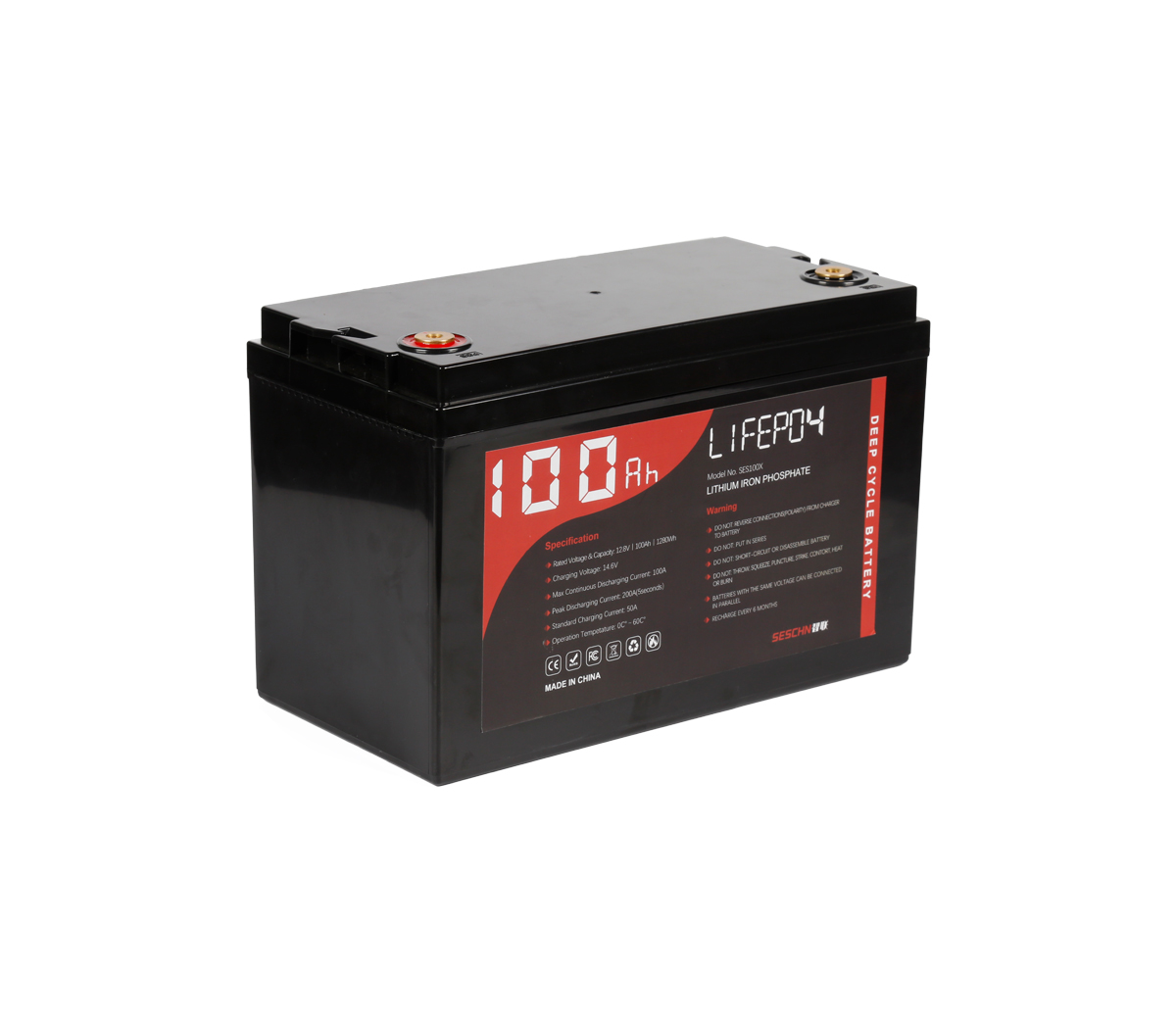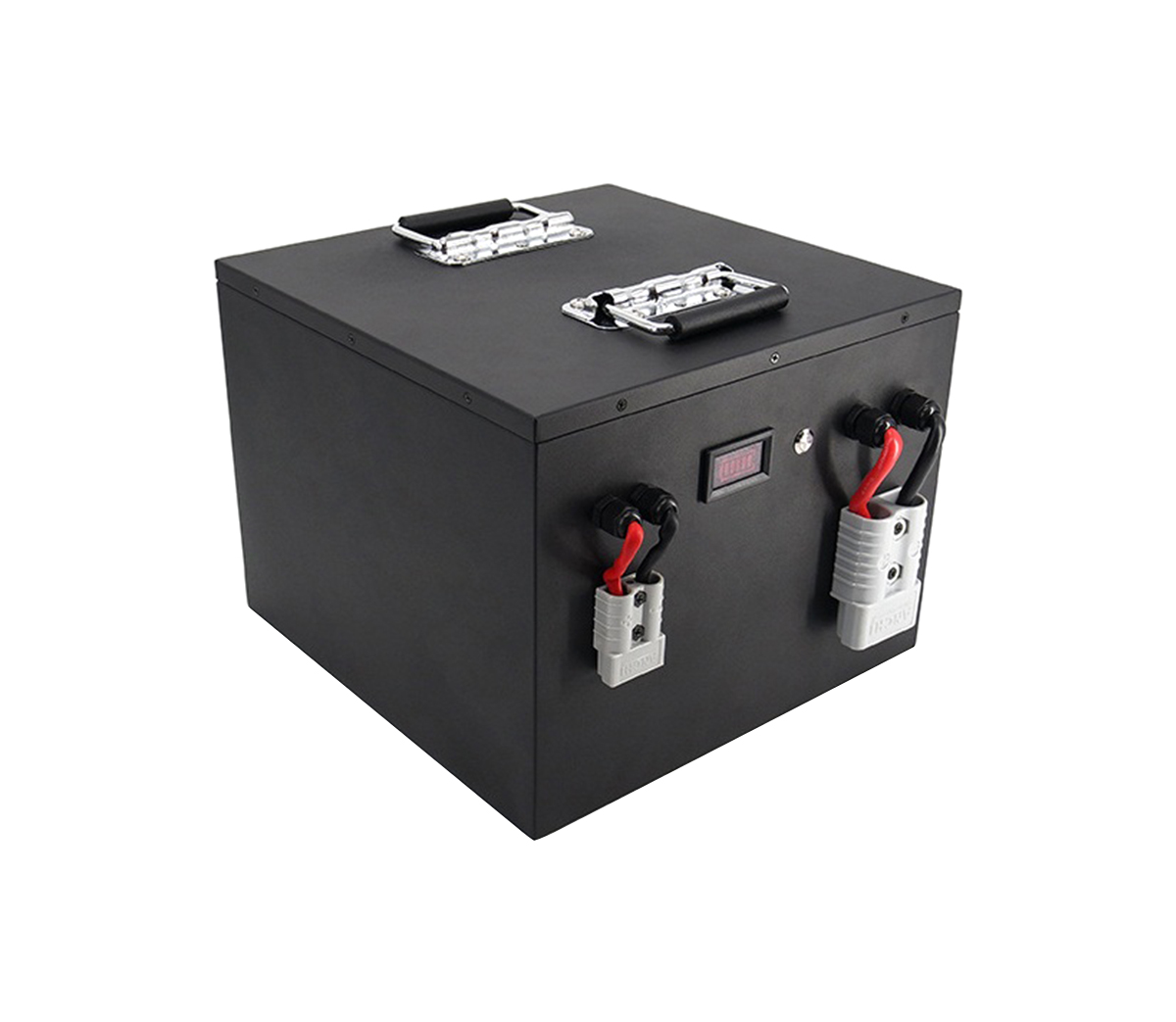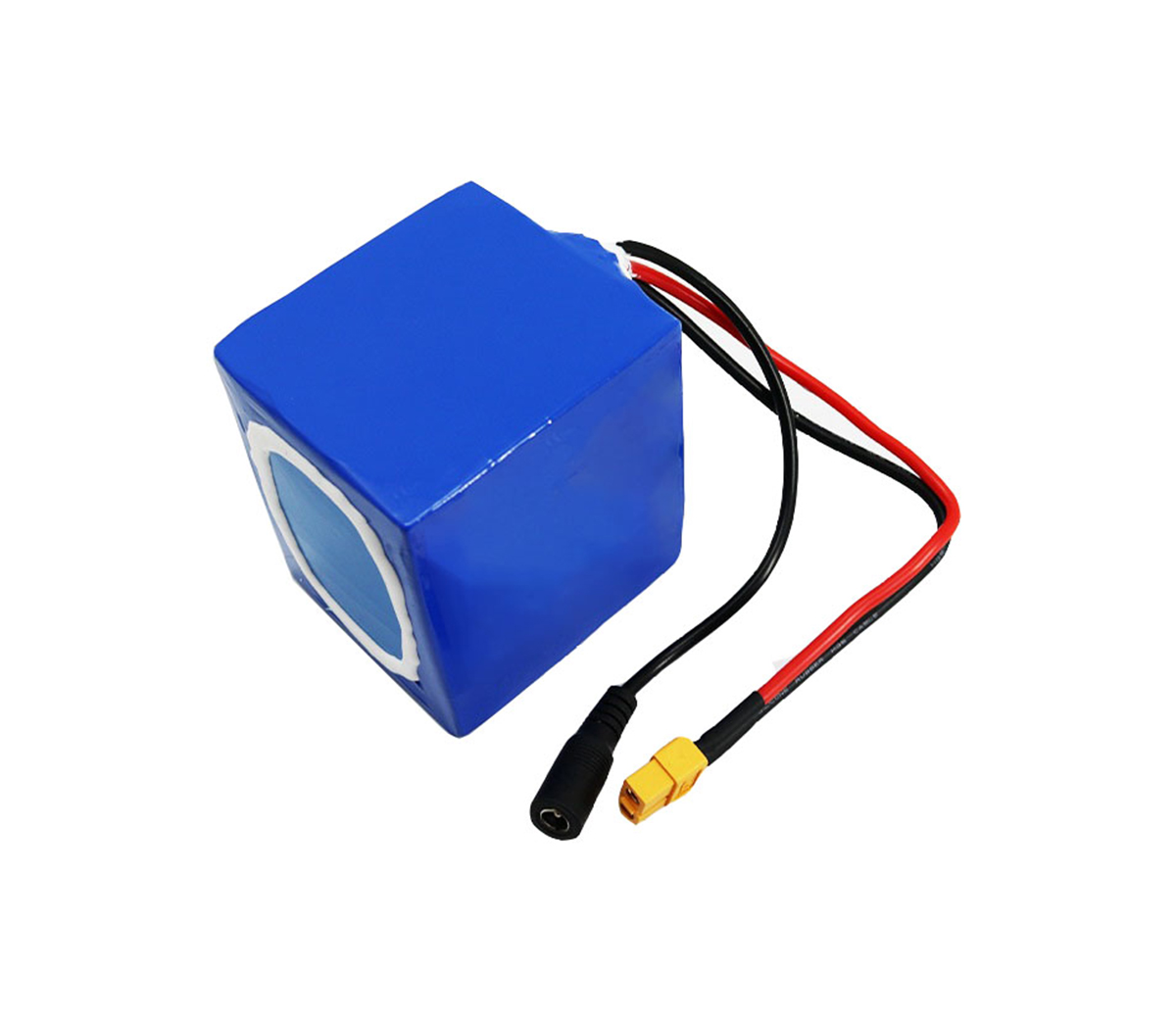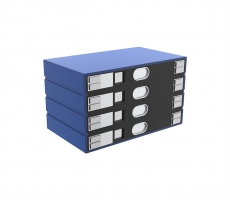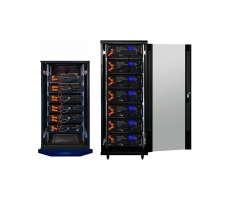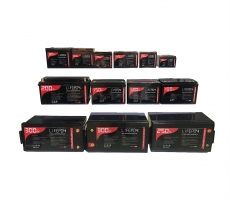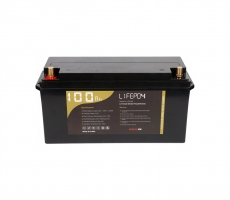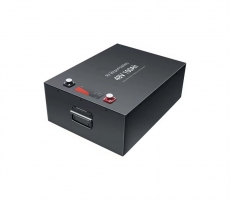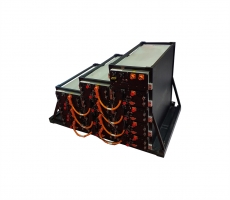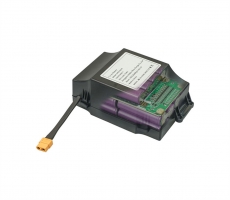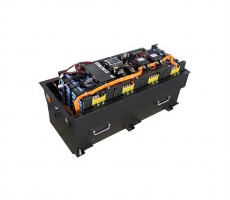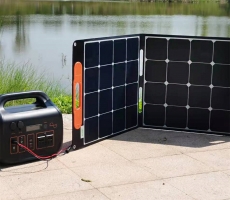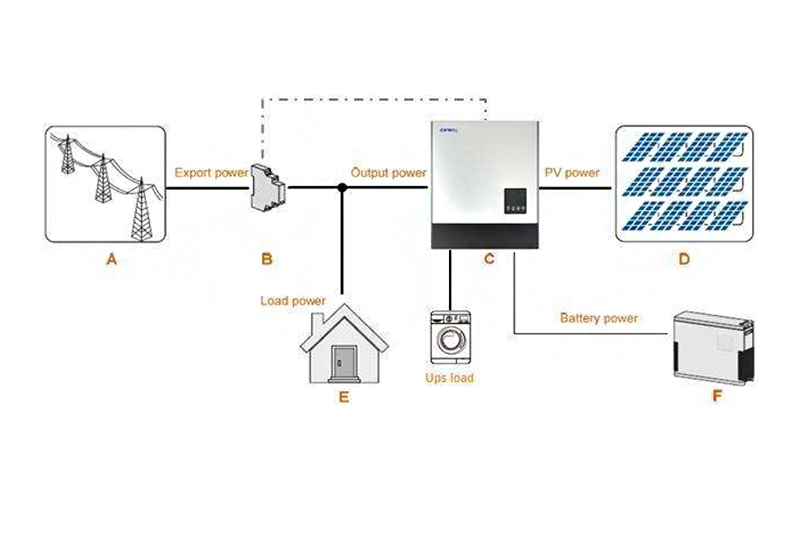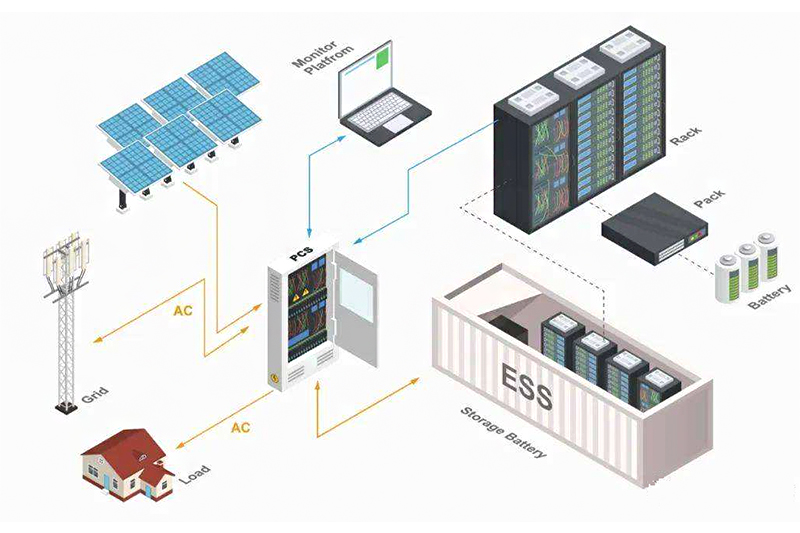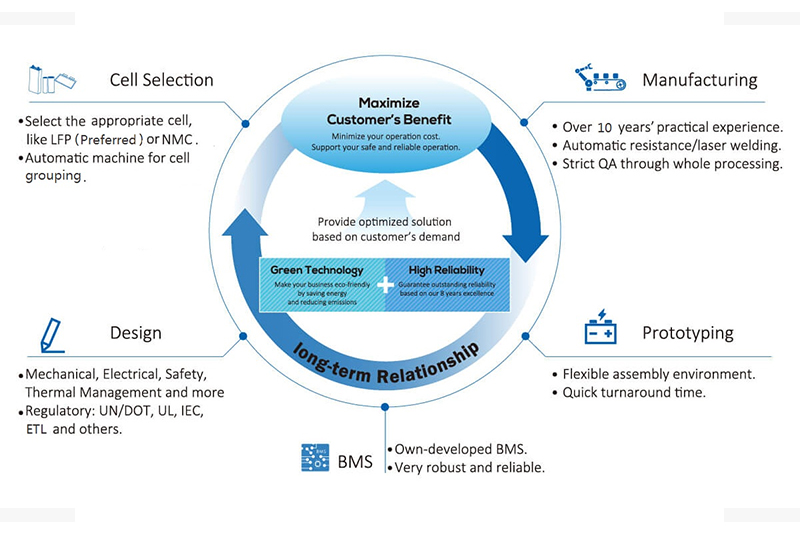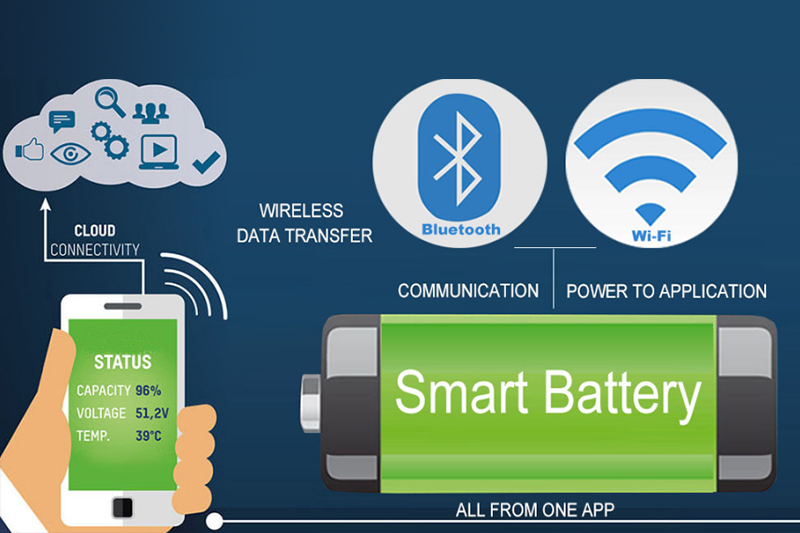Briefly describe the technology of Japan's seven major lithium battery
companies
Although Japan is declining in the proportion of the global lithium battery
market, Japan has always firmly occupied the leading position in the high-end
lithium battery market, and its lithium battery technology is also the vane of
the entire industry.
Although Japan is declining in the global lithium battery market, Japan has
always firmly occupied the leading position in the high-end lithium battery
market, and its lithium battery technology is also the vane of the entire
industry. 1. Overview of the technical route of Japanese lithium battery
companies
2. Details of the technical routes of each enterprise 1. Panasonic-Sanyo
Electric Co., Ltd. has researched and developed solid solution cathode materials
in which lithium manganate is doped with elements such as nickel and aluminum,
which can be used as battery cathode materials. At present, the cathode
materials that have been developed include lithium nickel cobalt manganate,
lithium nickel cobalt aluminate, etc., and they have been applied on a large
scale. In addition, in order to solve the problem of low thermal stability and
safety caused by nickel oxide, a nano-coating treatment was carried out on the
surface of the positive electrode material. Anode materials currently
mainly use carbon materials, but at the same time actively develop silicon
alloy-based anode materials, and some applications have already been
realized. 2, NEC-AESC improve the low energy density of lithium manganate
materials by doping nickel, aluminum and other elements. In fact, the route is
similar to Panasonic. However, NEC looks bolder and is developing nickel-diamond
alloy materials with twice the capacity to replace manganese materials. At
present, the application of this new type of cathode material has solved the
problem of battery durability. NEC is actively developing electrode materials
dedicated to power lithium batteries, which have already been applied. 3,
Hitachi, anode material, Hitachi anode material development currently has
two routes: 1. Improve on the basis of carbon materials; 2. Develop a
mixture of silicon alloy materials and carbon materials SiO-C. At the same
time, a new type of copper foil with high elastic limit stress and excellent
processing performance was developed as an electrode material. "Diaphragm" In
the area of diaphragm, a ceramic diaphragm material resistant to high
temperatures of 200°C has been developed, which is a porous membrane made of
ordinary polyolefin (Polyolefin) coated with plate-shaped inorganic particles.
Currently, the diaphragm material has been applied. 4, Toshiba Toshiba mainly
increases the energy density of the battery by increasing the particle density
of the positive electrode material. To optimize the performance of the
manganese-titanium battery, Toshiba uses an electrolyte with a higher ignition
point and a separator with excellent heat resistance. 5, INSURANCE INSURANCE
firmly follows the lithium manganate route, and its lithium battery technology
is in the leading ranks among all Japanese companies. At present, the power
battery product data provided by Inexis is good, but it still needs to undergo
mass production inspection. 6, GS Yuasa GS Yuasa is actively advancing on
the two routes of lithium manganate and lithium iron phosphate. The main
products of lithium manganate are EH6 and LEV50, and the main products of
lithium iron phosphate are LEV25 and LIM40. 7, Sony While Sony is developing
lithium iron phosphate batteries, it is also actively developing power batteries
of lithium cobalt oxide + tin-based alloy materials. Sony’s approach is to “coat
the surface of the particles of lithium cobalt oxide with a thickness of 0.1 to
1 pm”. The cathode material is a mixture of tantalum cobalt oxide and ternary
materials, and ceramic separators are used to improve safety.









